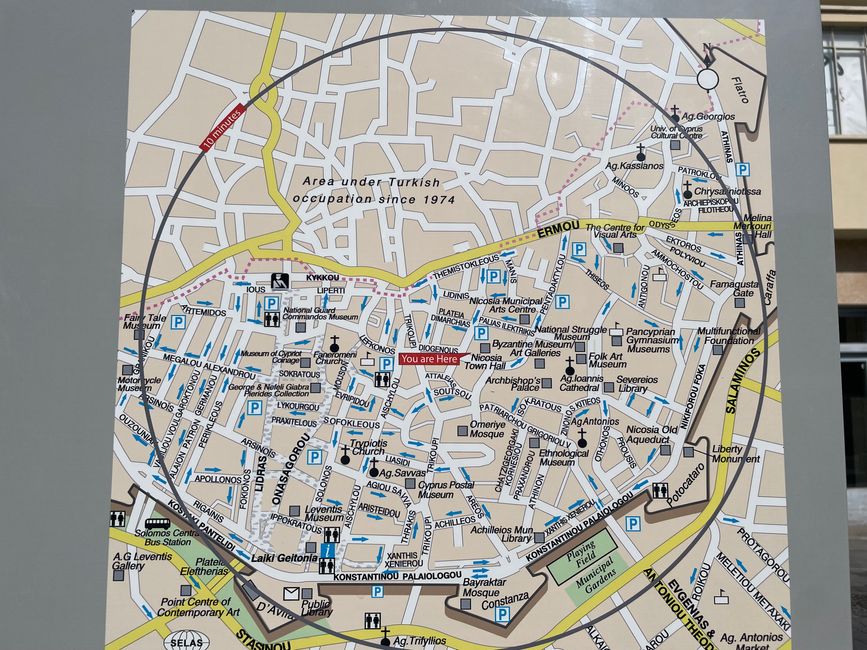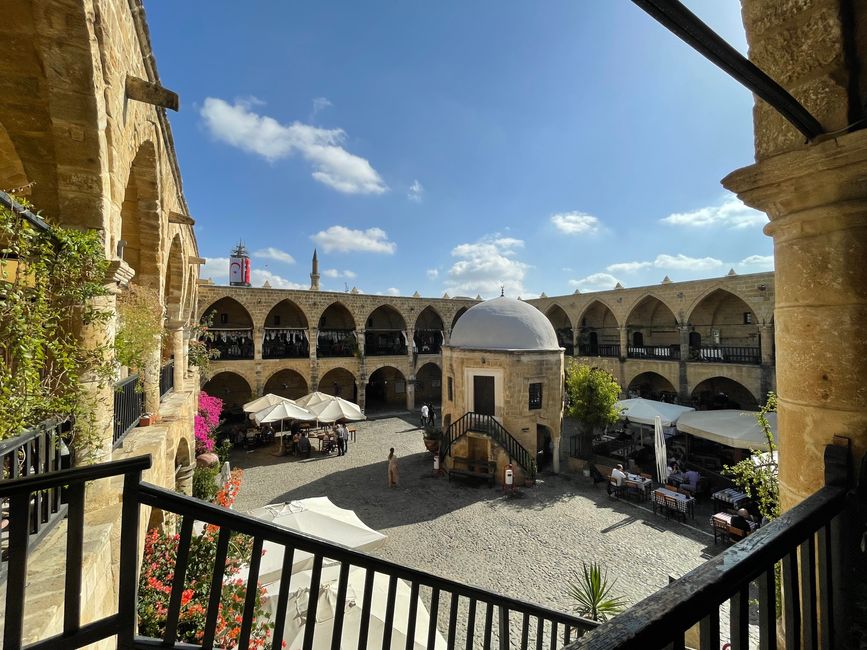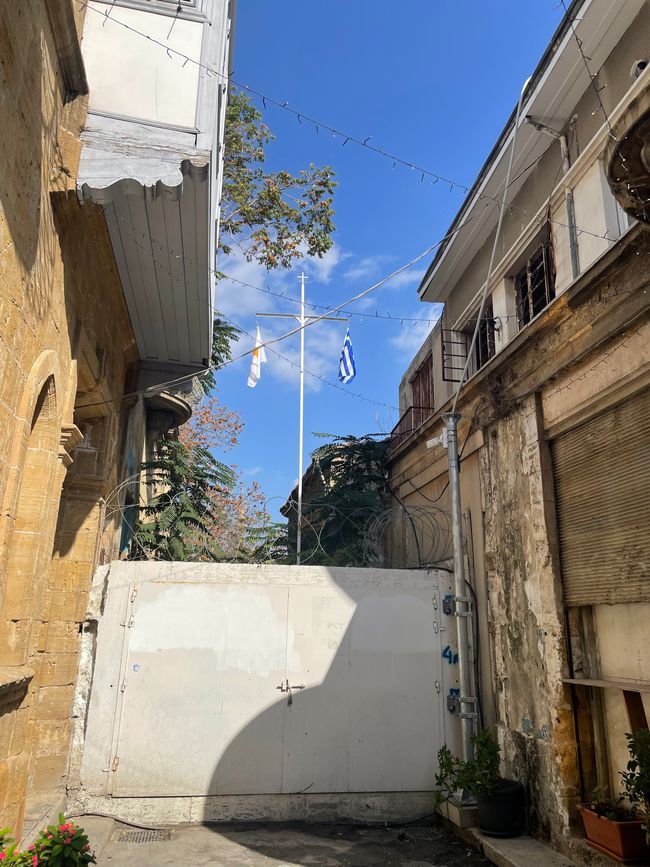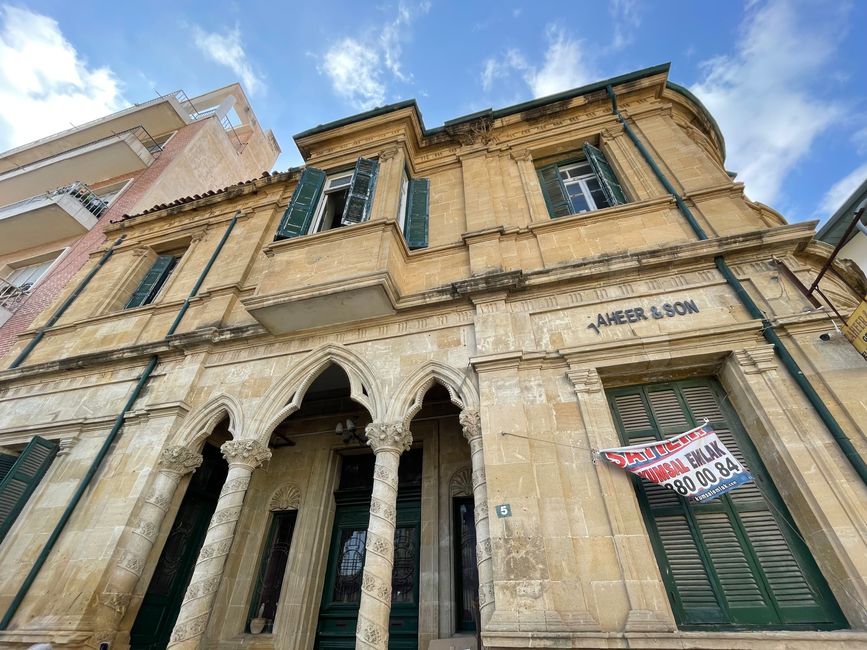Bye bye Nordzypern
Birt: 04.11.2023
Gerast áskrifandi að fréttabréfi
We left Northern Cyprus and there are still a lot of question marks about this country, which is actually not a country. Wikipedia describes the Turkish Republic of Northern Cyprus as a de facto regime. The state is not recognized by any other country except Turkey, even though 50,000 Russians now live there and there is a Russian embassy (The enormous boom in real estate transactions makes it increasingly illusory that the Greek Cypriots will at some point get their former homes back.). The north is also not part of the Republic of Cyprus, although its residents have both the passport of the Republic of Northern Cyprus and that of the south. Nor is Northern Cyprus part of Turkey, despite the 42,000 Turkish soldiers (out of 300-400,000 inhabitants).
Travel guides, the Internet and our tour guides (one from the Greek part, one from the Turkish part) tell different stories about the background of the division. This much seems clear:
- The roots of the division lie in the struggle for independence against Great Britain. After 800 years of foreign rule, this independence was achieved on paper in August 1960 through a treaty between Great Britain, Greece and Turkey. In fact, the influence of the three powers is still noticeable at every turn.
- The three protective powers Turkey, Greece and Great Britain played and continue to play an important role. What is striking, for example, is that I have already seen an enormous number of Greek flags in the southern part, but have not once consciously noticed the Cypriot flag.
- The division has no religious or cultural reasons, but political ones.
- The division is deliberately cemented by the protecting powers, for example by suppressing the Cypriot dialect and instead imposing Greek or Turkish as the language.
- Cypriots don't like to talk about this part of their history. There seems to be censorship and control.
What happened: after independence in 1960, there were tensions, unrest and attacks between Turkish and Greek Cypriots. The bloody Christmas of 1963 is infamous, when Greek Cypriot police officers carried out a massacre of Turkish Cypriot civilians. Afterwards, the two ethnic groups were largely separated and the capital was divided. The so-called Green Line still represents the border today. Dilapidated dead ends in Nicosia lead to a buffer zone, partly guarded by soldiers, behind which is 10 meters of no-man's land. The Green Line takes its name from the green pen with which the commander of the British troops drew a line on a map between the residential areas of the Turkish and Greek Cypriots, thus defining the buffer zone that was supposed to keep the two ethnic groups apart.
At that time, Cypriot President Makarios still advocated the goal of enosis, unity with Greece. This changed when there was a military coup in Greece in 1967. In 1974, officers of the Cypriot National Guard, supported by the Greek military junts, staged a coup against Makarios' government. This in turn provoked Turkey, which - citing its right to intervene as a guarantor power - invaded with 45,000 soldiers and occupied 37% of the island.
Speaking of Turkish Cypriots: according to our travel guide from the Republic of Cyprus, conversions from Christianity to Islam occurred, mostly for tax reasons. The Cypriots who converted to Islam were first referred to as Ottomans and then, since the 1960s, as Turks.
Gerast áskrifandi að fréttabréfi
Svaraðu
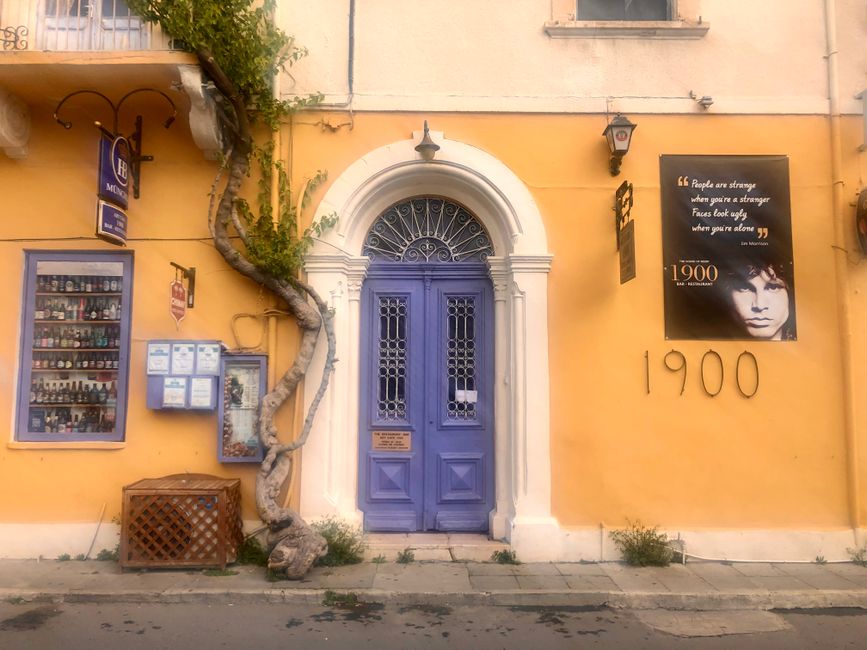
Ferðaskýrslur Kýpur


